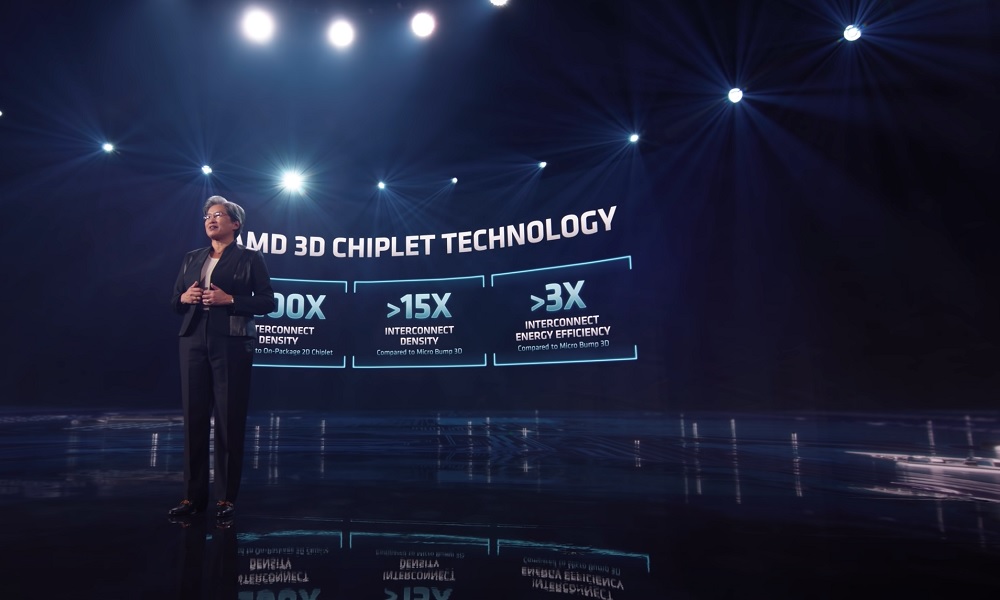
There are movements around SUSE and the most recent attends to the denomination of Adaptive Linux Platform (ALP)a kind of initiative with which to promote the open development of the next version of SUSE Linux Enterprise.
Because… when will the next version of SUSE Linux Enterprise (SLE) be released? The current one, SLE 15, dates from June 2018, almost four years ago. Too long a priori for how the world of professional software goes, although it should be remembered that the last major update, SLE 15 SP3, arrived last year imminently preceded by openSUSE Leap 15.3 and with many new features in both cases, many of they shared.
Be that as it may, the future of SUSE Linux Enterprise and also of Leap, since it is based on the previous one, is something that the German company had not advanced anything about until now. In other words, everything pointed to the fact that after version 15 version 16 would come and everything would work as usual, with the Factory repository as the gateway for the updates that would make up SLE first and Leap later.
However, it is no longer so clear and for a change, the information that comes from SUSE confuses, rather than clarifies. Actually this reminds me of SUSE Libertysomething -I call it that for a reason- that they announced a couple of months ago with the tagline of “enterprise-level support for CentOS users” and which we did not echo precisely because of the confusion of the subject.
So confusing was the information about SUSE Liberty that even The Register messed up… and the article was signed by a former SUSE employee who had left the company a few months earlier. Well, in case anyone is interested SUSE Liberty is not a new distribution, but a new support plan that includes CentOS and even RHEL, all with the hope of bringing users to the edge of the chameleon.
Returning to the topic at hand, what is Adaptable Linux Platform (ALP)? Again, it is not at all clear, although in the announcement on the SUSE mailing lists they talk about «the new generation of SLE» and the need to update certain procedures in the construction of the system, to apply radical changes… how?
“First, ALP will be developed in open. We are not going to put the pieces together internally and then share them, as we have done in the past. No, we are building and compiling in the openSUSE Build Service -just like you do with your project 😃. You have the opportunity to see what’s going on and participate more easily,” explains Stefan Behlert, Product Manager for SUSE Linux Enterprise.
“Another important point is that we intend to split what was more generic, everything will be tightly intertwined into two parts: smaller hardware that allows modularity, a kind of “host operating system”, and the layer that provides and supports applications, which will be based on containers (and virtual machines)“, Add.
And up to here. It will be “in the coming weeks” when SUSE will offer more specific information about the change that ALP will mean for the development and future of SUSE Linux Enterprise, but also about openSUSE Leap, which ultimately lags behind the previous one . Of course, the cabals about what the German company is preparing are free and despite the few details that have been transmitted, there may be several.
For example, is SUSE aiming for a model similar to distributions like Fedora Silverblue? Let us remember that just a couple of weeks ago openSUSE Leap Micro was presented, a «immutable system» in the style of Silverblue, but aimed at servers for decentralized environments and microservices. But it is that SUSE and openSUSE already have their own platform à la Sulverblue, openSUSE MicroOS and SUSE Linux Enterprise Micro.
Mentioning Silverblue as a reference for the model, however, is because it is possibly the most advanced system of these characteristics and although it is well established at the level of stability, it is green in other areas. Hence, proposing such a solution for the next version of SUSE is perhaps too daring. In any case, it remains a conjecture.
Image: Pexels



